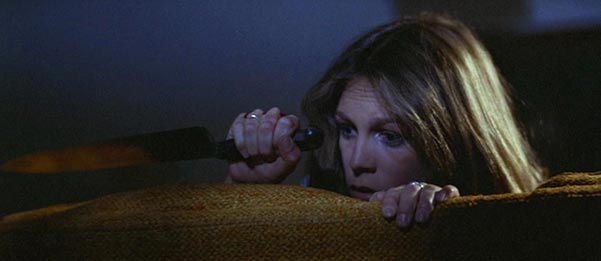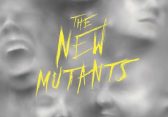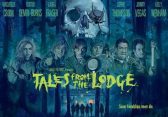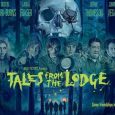25th January 1979 (UK Original Theatrical), 10th October 2018 (40th Anniversary Theatrical Screening)
Fifteen years after murdering his sister on Halloween night 1963, Michael Myers escapes from a mental hospital and returns to the small town of Haddonfield to kill again.
John Carpenter
Donald Pleasence, Jamie Lee Curtis, Tony Moran, Nick Castle
91 mins
Widely regarded as the most imitated film of the late 70’s and early 80’s, John Carpenter’s Halloween set many of the tropes still being used in the horror movies of today.
On a black and unholy Halloween night years ago, little Michael Myers brutally slaughtered his sister Judith in cold blood. But for the last 15 years, residents of the nearby town of Haddonfield, Illinois have rested easy, knowing that he was safely locked away in a mental hospital… until now. Tonight, Michael returns to the same quiet neighbourhood to relive his grisly murder again and again with new victims.
Out of all the Horror Icons, Michael Myers elicits the most fear for the simple reason that he isn’t a supernatural creature, or a monster from another dimension, but a human being. The events in the movie could (and do) actually occur: however unlikely the chances of it happening to you, murderous sprees are something we have to live with. Zombies, thankfully, we do not.
The fact that his face is covered with an emotionless mask adds to his mystique too and, unlike the boogeymen of movies before it, Myers isn’t restricted to appearing only at night time. His most memorable moments actually occur in the day, and when we only see the slightest of glimpses of him. For example, when Laurie looks out of the window at school and he’s peering back at her from across the road, and when he’s at the end of the path behind a bush. In lesser films, these would be moments when the character thinks they’ve seen something, look away then back again, only to find there was nothing there. No such luck with Halloween. Myers continuously taunts Laurie and her friends, lingering for as long as possible, unashamedly visible to them all. There’s not a lot of jump scares, but the tension and atmosphere is built up well resulting in an uneasy experience throughout.

Donald Pleasence is brilliant as Michael’s psychiatrist who races against time to stop him from killing again; his frantic nature and anxious expressions really enhance the seriousness of the situation. Jamie Lee Curtis (daughter of Janet Leigh, better known as Marion Crane from Hitchcock’s Psycho, a huge influence on this film) plays the innocent victim Laurie well, and in this case she really is innocent. There’s a theory (which ultimately became a horror movie convention) that if you have sex, you die. Laurie stays away from guys, babysits and studies. So of course, she lives. Her friends are not as lucky. Compared to modern kills, the deaths are tame. But the build up to all of them is almost unbearable, knowing Myers is outside the door while they are clueless to what’s about to happen.
A perfect example of this is the films opening scene, filmed entirely from the point of view of 6 year old Michael. The camera roams the rooms of the Strode abode, before stopping for Michael to pick up his first mask. We then only see through the eye holes, with the rest blacked out. This is just one example of the ingenuity employed by the crew, who produced the film on the minuscule budget of just over $300,000. Their clever techniques combined with the introduction an unforgettable horror icon worked out well though: the final Box Office takings were a staggering $70 million.
There’s not a lot of blood, but there doesn’t have to be: Myers is scary enough on his own without any tacky gimmicks. He’s a silent, faceless, human killer that knows your every move and plans your demise while you watch TV – and that’s scarier than any dream stalker or disfigured monster who wields a machete.
Birth of an iconic, silent killer
Unbearable tension
Tame kills for modern audiences
Halloween is the ultimate dread soaked horror.
The RAFTA’s 2018
Halloween (2018)
Trick ‘r Treat
Leave a Response
This site uses Akismet to reduce spam. Learn how your comment data is processed.
























